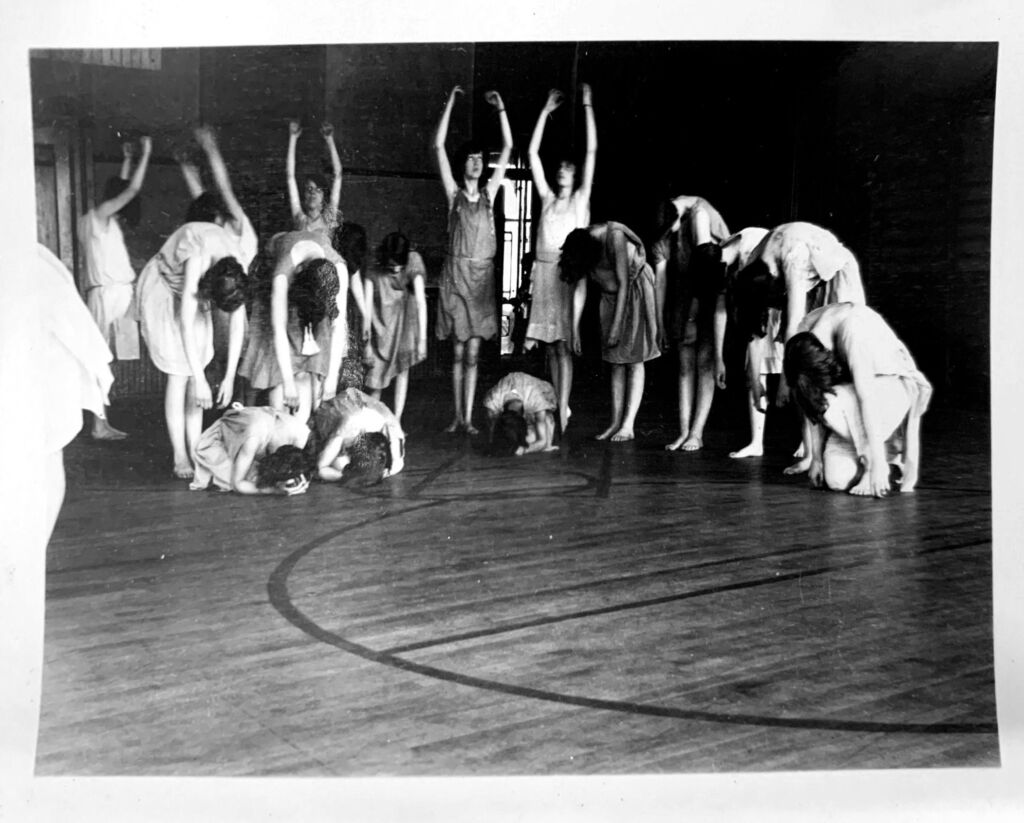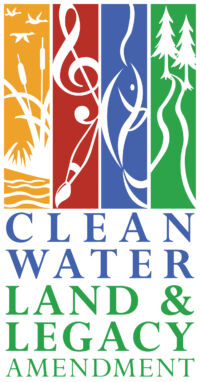July 1, 2022
 Questions and questionable answers from the Dagny Dietrichson Collection at HHM
Questions and questionable answers from the Dagny Dietrichson Collection at HHM
Written by Michele Pollard, HHM Archivist
A lot of questions come up during processing. A number of records don’t seem connected at first, but as processing goes on, those connections can become clearer. It’s also the case that those questions don’t get answered at all, and one can only hope someone out there has the key to unlock the mystery.
The Dagny Dietrichson Collection had some questions. Dagny was a retail sales training teacher at the Girls Vocational School from 1926-1942. She served as dean of the retail training department in 1941, and finally retired from teaching in 1963. My thought was, wouldn’t it be interesting to ask Dagny Dietrichson for the answers. Since Dagny died in 1979, the answers given are not hers directly, just hunches from being immersed in the material. You can come look at the Dagny Dietrichson collection here at HHM to find your own answers about the history of the Girl’s Vocational High School (GVHS). Check the finding aid here. Below is my “interview” with Dagny Dietrichson.
MP: There were a number of images of students in costume. They looked like they were from a festival of some kind. What was that event about?
DD: Even though we were a vocational school, we thought it important to give the girls a well-rounded education that included the arts. They were going into a profession in which they would interact with people of different demographics, and quite a few of out girls came from “questionable” backgrounds. We put on plays and pageants to try to infuse them with some decorum.
MP: Okay. So that leads me to 2 questions: Why were they questionable? And how did you know? Did you ask the girls about their backgrounds?
DD: That’s 3 questions. And of course we asked them about their backgrounds. We kept student biographies in our records and part of that was their own “autobiography,” in which they told us their story and their family’s story.
MP: Yes, I’ve seen some of the bios. I thought they were very intrusive by today’s standards.
DD: Do you want to talk about today’s standards?
MP: Maybe some other time. Why did you keep track of all the children in the family?
DD: It seemed like the prudent thing to do. If a student had a younger sister, she might attend when she got older. And it was helpful to know what life was like at home for these girls.
MP: Is that why you took pictures of their residences?
DD: Yes.
MP: Did their background make a difference in their education?
DD: Yes. There were times. We maintained students’ IQs in our records. There were times when – Look here – I’m not sure I like your questioning.
MP: I’m sorry. We’ll change gears. You taught full-time at GVHS for 16 years then you took a break. What did you do during that time?
DD: I went back to the University of Minnesota to focus on a master’s degree. I had planned to get my master’s after completing my bachelor’s, but I began working at GVHS soon after. I continued my studies while working full-time.
MP: Was this also the period you worked overseas?
DD: Yes. I was there for a year and a half, working with children for the war effort.
MP: What did you do?
DD: I helped children finds their parents.
MP: Wow. That’s amazing. Did teaching at GVHS prepare you for this work?
DD: I think so. I’ve always been a very organized person, and I think those skills helped support the people with whom I worked.
MP: One last question, Ms. Dietrichson. I’d like to ask you about your family if I may.
DD: Go ahead.
MP: The collection was donated on behalf of Bill Dietrichson. We have some paintings in our collection by Bill Dietrichson. Is he related?
DD: Yes. My nephew Bill was always good with art. He became a painter? That’s wonderful.
MP: Thank you so much for your time, Dagny.
DD: Ms. Dietrichson.
MP: Ms. Dietrichson.
 Processing of the Dagny Dietrichson Collection was made possible in part by the people of Minnesota through a grant funded by an appropriation to the Minnesota Historical Society for the Minnesota Arts and Cultural Heritage Fund. Any views, findings, opinions, conclusions, or recommendations expressed in this publication are those of the author and do not necessarily represent those of the State of Minnesota, the Minnesota Historical Society, or the Minnesota Historic Recourses Advisory Committee.
Processing of the Dagny Dietrichson Collection was made possible in part by the people of Minnesota through a grant funded by an appropriation to the Minnesota Historical Society for the Minnesota Arts and Cultural Heritage Fund. Any views, findings, opinions, conclusions, or recommendations expressed in this publication are those of the author and do not necessarily represent those of the State of Minnesota, the Minnesota Historical Society, or the Minnesota Historic Recourses Advisory Committee.
